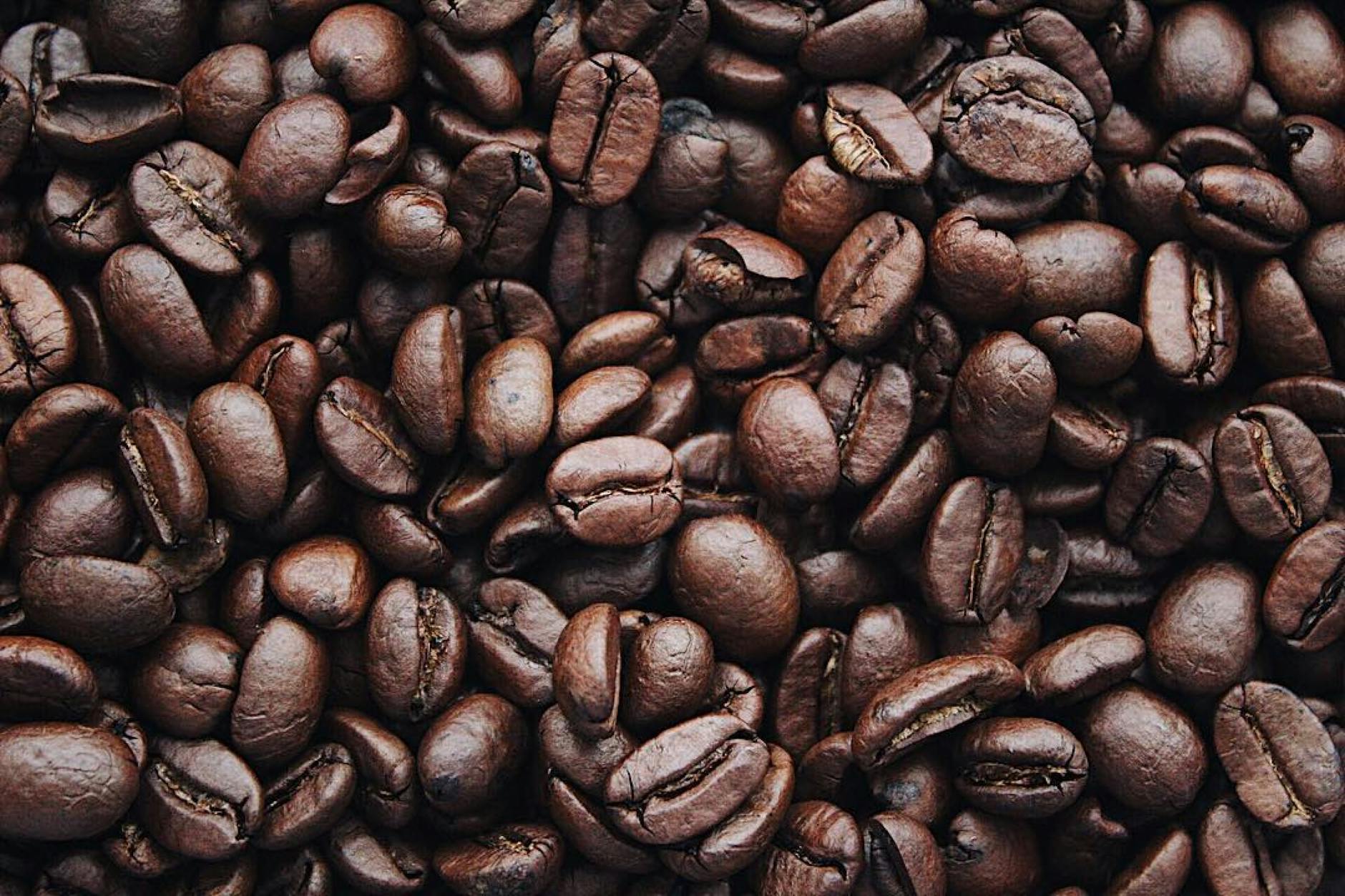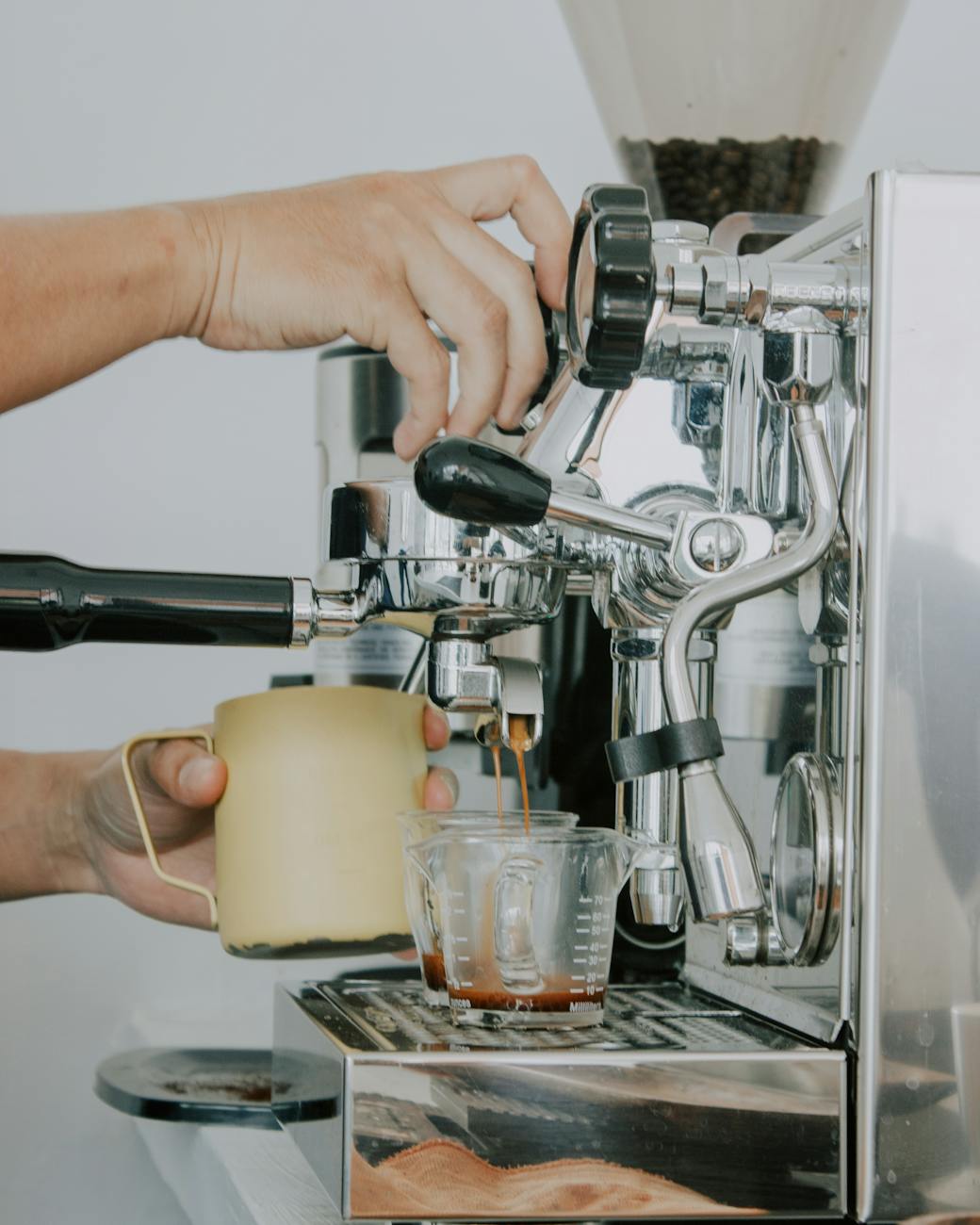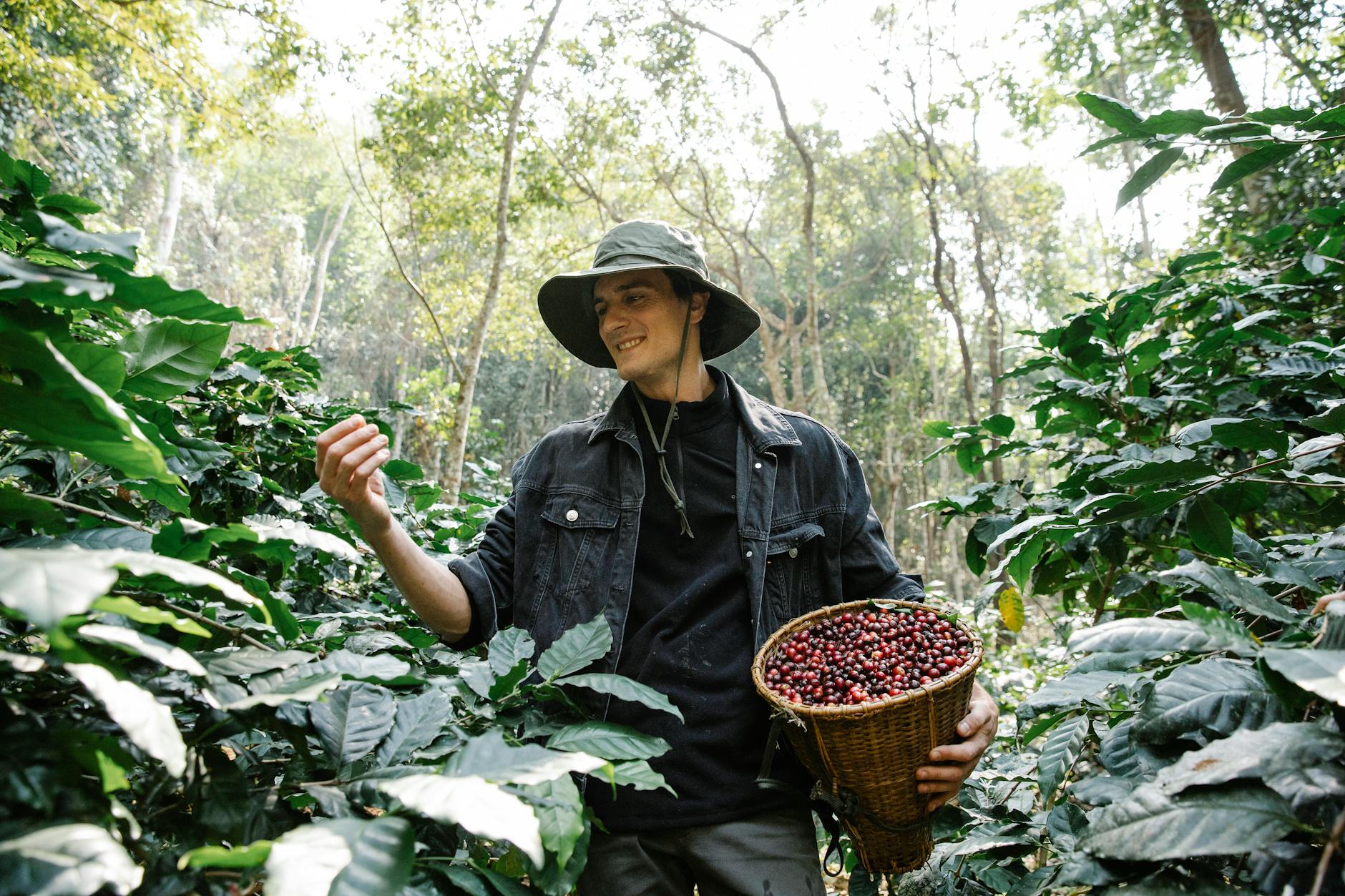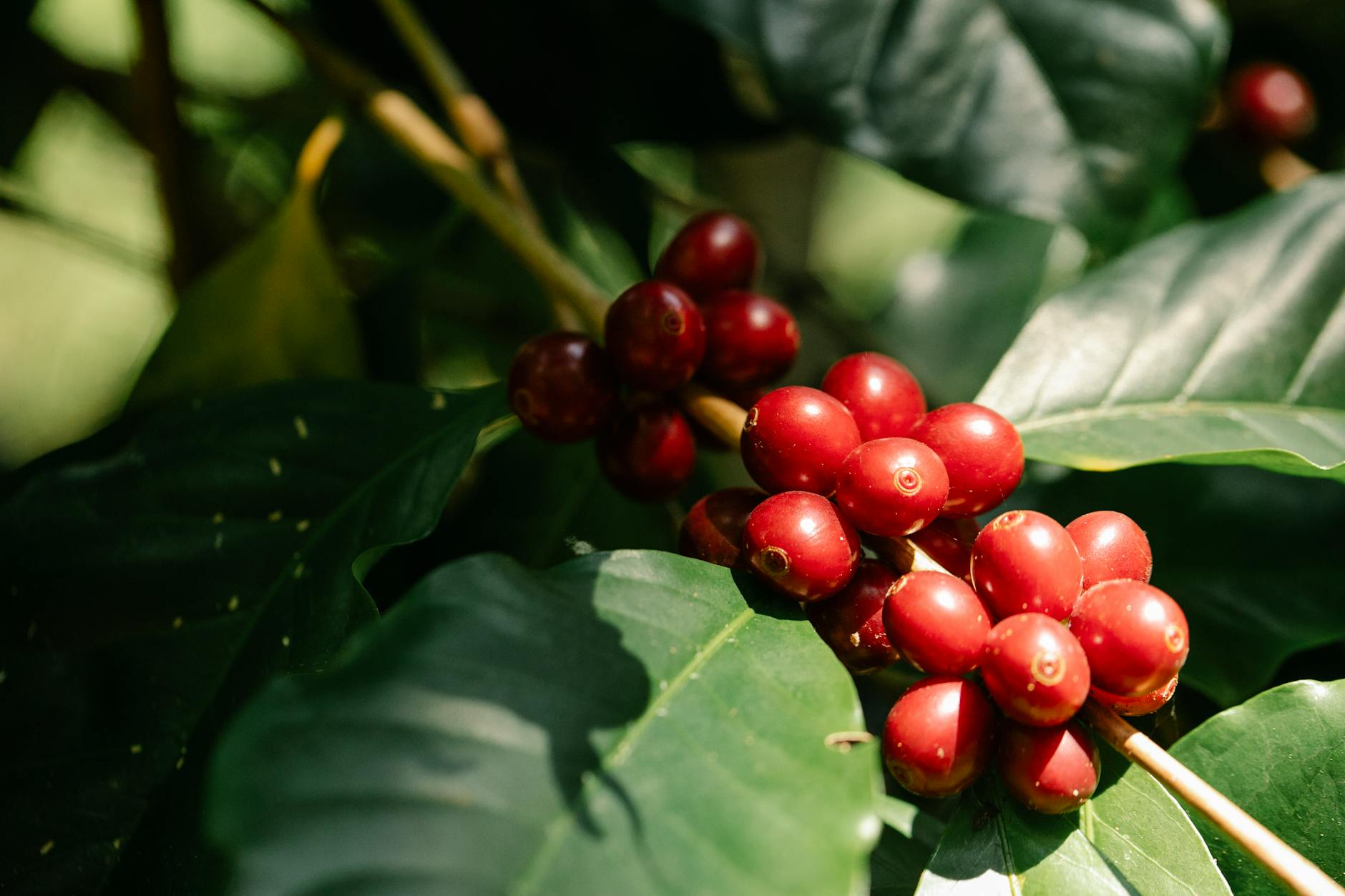Learn more about the most vanilla coffee drinks

“Experience the rich world of coffee by mastering each blend’s unique recipe and savoring each sip’s journey.”
Learn more about the most common coffee drinks
The essence of Espresso
Espresso is more than just a coffee drink; it is the basis for countless other coffee beverages. Originating in Italy, espresso is characterized by its rich, bold taste and full-bodied texture. The process of making espresso involves pressing a small amount of near-boiling water through finely ground coffee beans. This method extracts the coffee’s intense flavors and aromatic oils, resulting in a concentrated shot. Despite its small size, espresso has a strong effect with its higher caffeine content compared to regular coffee. The quality of an espresso shot depends on several factors, including coffee bean variety, grind, water temperature and pressure. Mastering the art of making espresso requires attention to detail and practice. When done correctly, the result is a perfect balance of flavors with a layer of golden crema on top. This crema is a hallmark of good espresso, adding a creamy texture and a hint of sweetness to the drink. Espresso can be enjoyed on its own or serve as a base for other popular coffee drinks.
Create the Perfect Espresso Shot
Creating the perfect espresso shot starts with choosing the right coffee beans. While any type of coffee bean can technically be used, a medium to dark roast is usually preferred for its balanced flavor profile. Freshness is key, so it’s best to grind the beans just before brewing. That’s why at White Elk Coffee we roast all our varieties weekly. Read more about them HERE. The degree of grind is crucial; it should be fine, similar to powdered sugar, but not so fine that it blocks the espresso machine’s filter. The next step is dosing, which means measuring the right amount of coffee grounds. For a single shot, about 7-9 grams of coffee is ideal. The ground coffee is then pressed evenly to ensure uniform extraction. The water temperature should be above 90°C, and the pressure should reach 9 bar. The extraction itself should take about 25-30 seconds and produce a shot with rich aroma and thick crema. Adjustments may be needed based on flavor preferences or equipment specifications. Each of these steps plays a critical role in achieving an espresso shot with a harmonious balance of bitterness, acidity and sweetness.
Exploring Espresso-based Drinks
Espresso serves as the cornerstone for a variety of coffee drinks, each offering a unique twist on the classic. Cappuccino, for example, combines equal parts espresso, steamed milk and milk foam, creating a creamy and frothy treat. Latte, on the other hand, consists of more steamed milk and a light layer of foam, making it a milder, smoother option. Then there’s the macchiato, which involves a shot of espresso ‘flecked’ with a small amount of milk foam. For those who prefer a stronger kick, the espresso shot can be transformed into an Americano by adding hot water, resulting in a drink that resembles a traditional cup of coffee but retains the bold essence of espresso. Each of these drinks highlights the versatility of espresso and its ability to complement other ingredients while retaining its robust flavor profile. Whether enjoyed as a standalone shot or as part of a complex blend, espresso remains a must-have in the coffee world.
The Art of Making a Perfect Cappuccino
Cappuccino is a classic coffee drink that combines the rich, bold flavors of espresso with the creamy, smooth texture of steamed milk and a generous layer of milk foam. Originally from Italy, this beloved drink has become a staple in cafés worldwide, celebrated for its balanced taste and inviting appearance. To create the perfect cappuccino, precision and technique are essential. It all starts with a high-quality espresso shot, which forms the basis of the drink. The espresso should of course be brewed with freshly ground coffee beans, preferably of a medium to dark roast, to ensure a robust flavor profile.
Once the espresso is ready, the next step is to steam the milk to the right temperature and texture. The milk should be heated to around 65°C, a temperature that allows it to become sweet and creamy without scalding. The process involves creating microfoam, which consists of tiny bubbles that give the milk a velvety texture. A skilled barista knows how to incorporate just the right amount of air into the milk to achieve this perfect texture. As the milk is poured into the espresso, the barista skillfully layers it to form distinct layers of liquid milk and foam, often finishing with a latte-style flourish on top.
Enjoying the Sensory Experience of a Cappuccino
The beauty of a cappuccino lies not only in its taste but also in the sensory experience it offers. The first sip of a well-made cappuccino is a delightful contrast of flavors and textures. The slightly bitter espresso is balanced by the creamy sweetness of the milk, while the foam provides a light, airy finish. As you sip, the aroma of the freshly ground coffee mingles with the subtle scent of warm milk, creating an inviting atmosphere that can turn any morning routine into a moment of indulgence.
Drinking a cappuccino is as much about the ritual as the drink itself. Whether you’re enjoying it in a busy café or in the calm of your own home, taking the time to savor each sip can be a meditative experience. The foam acts as an insulator, keeping the drink warm while you linger over it. Many coffee drinkers appreciate the art involved in making a cappuccino, from the precise brewing of the espresso to the skillful steaming and pouring of the milk. For those who like a touch of personalization, a pinch of cocoa powder or cinnamon on top can add an extra flavor dimension and visual appeal, making each cup a unique creation.
The Art of Skimming Milk
Creating the perfect latte starts with mastering the art of frothing milk. The creamy texture of a latte depends largely on the quality of the milk foam. To achieve this, start by using cold milk, as it foams better than hot milk. You can use either a steam wand on an espresso machine or a handheld milk frother. If you use a steam wand, place the tip just below the surface of the milk and turn on the steam. Hold the wand at an angle to create a swirl that helps incorporate air into the milk. Listening for a faint hissing sound is key; this indicates that the milk is frothing correctly. Aim for a velvety microfoam that is soft and creamy, avoiding large bubbles. Once frothed, gently tap the milk container on a bench to remove any larger bubbles and swirl the milk to ensure even texture. The goal is a creamy texture that will seamlessly blend with the espresso, providing the luxurious mouthfeel that defines a great latte.
Balancing Espresso and Milk
Achieving the perfect balance between espresso and milk is crucial to creating a delicious latte. Start with one or two shots of freshly prepared espresso. The quality of the espresso itself is crucial; it should be rich and bold and provide the perfect base for the creamy milk. Once your espresso is ready, pour it into a hot cup. The next step is to add the frothed milk. Pour the milk slowly into the espresso so that the delicate microfoam floats on top. The classic ratio for a latte is one part espresso to three parts milk, but feel free to adjust based on personal preference. Some people prefer a stronger coffee flavoring, while others prefer a milkier drink. When pouring, aim to create a smooth blend without disturbing the espresso too much. This method ensures that the flavors blend harmoniously, resulting in a balanced drink that is both comforting and invigorating.

Enhancing Flavors with Syrups and Spices
While a traditional latte is enjoyable on its own, adding syrups and spices can raise the flavor profile and appeal to different taste buds. That’s not something we usually recommend here at White Elk Coffee. Rather, with our roasting, we love to bring out the coffee’s natural flavors and aromas and enjoy them! But… Popular syrup choices include vanilla, caramel, and hazelnut, each adding a unique sweetness to the drink. To incorporate, add the syrup to the espresso before pouring in the milk and stir to mix. This ensures that the flavors are evenly distributed throughout the drink. For those who like a little spice, consider sprinkling cinnamon, nutmeg or cocoa powder on top of the finished latte. These spices not only enhance the aroma but also add a lovely complexity to the flavor. Seasonal variations, such as pumpkin spice or peppermint, can turn a latte into a festive treat. In addition, experimenting with different milk options, such as almond, oat or soy milk, can offer new taste experiences and cater to dietary preferences. By carefully selecting additions, you can create a latte that is not only creamy and balanced, but also uniquely tailored to your taste.
Origin and Simplicity of Americano
Americano is a coffee drink that prides itself on simplicity and elegance. Its origins are often traced back to World War II when American soldiers stationed in Europe found the local espresso too strong for their taste. To make it more palatable, they diluted espresso shots with hot water, creating a milder coffee experience reminiscent of the drip coffee they were familiar with back home. This simple method not only preserved the rich flavors of espresso but also offered a smooth drinking experience. Americano quickly became popular for its ability to retain the robust essence of coffee while offering a less intense flavor. This drink is perfect for those who appreciate the boldness of espresso but prefer a lighter cup. Its preparation is as simple as its origin: simply add hot water to one or more shots of espresso. The typical ratio is one part espresso to two parts water, but this can be adjusted to suit personal taste preferences. Americano allows coffee lovers to enjoy the depth of espresso without the overwhelming intensity, making it a versatile choice in the coffee world.
Create the Perfect Americanon at Home
Making the perfect Americano at home requires minimal equipment. To start, you’ll need a quality espresso machine, freshly ground coffee beans and hot water. Start by preparing one or two shots of espresso, depending on your preference for strength. The key to a good Americano is to use fresh, high-quality espresso beans, as the flavor significantly affects the final drink. Once your espresso is ready, fill a cup with hot water. The water should have just boiled to ensure that it does not scald the espresso. Carefully pour the espresso over the hot water; this method preserves the cream and improves the flavor profile. The resulting drink should be smooth, well-balanced and aromatic. Some enthusiasts like to experiment with ratios to find their ideal balance of water and espresso, while others may add a splash of milk or a sweetener to further customize their drink. However, the classic Americano stands out for its simplicity, allowing the rich tones of the espresso to shine through with every sip.
Variations and Serving suggestions
Americano is a versatile coffee drink that can be customized to suit different tastes and occasions. While the traditional preparation involves espresso and hot water, there are several delightful variations to explore. For example, the Iced Americano is a refreshing twist, perfect for warmer days. To make it, simply add ice cubes to the glass before pouring the espresso and water over them. This chilled version offers the same smooth taste with a cooling effect. Another popular variation is the Long Black, often favored in Australia and New Zealand. It involves adding espresso to hot water, rather than the other way around, which helps to preserve more of the espresso’s crema. For serving, an Americano can be enjoyed in a classic mug or a glass cup, which allows you to appreciate the color and texture of the drink. Whether served hot or iced, natural or flavored, Americano remains a beloved choice for coffee drinkers seeking a simple but satisfying coffee experience.
The allure of Mocha
Mocha coffee, a luxurious blend of rich chocolate and robust coffee, has captured the hearts of many coffee enthusiasts around the world. The origins of this delightful beverage can be traced back to the city of Mocha in Yemen, a historic port known for its exceptional coffee beans. Today, the term ‘mocha’ has become synonymous with the harmonious combination of coffee and chocolate flavors. This delicious drink offers a perfect balance between the bitterness of the coffee and the sweetness of the chocolate, creating a comforting and enjoyable experience. Whether you prefer to enjoy it hot or iced, mocha coffee offers a versatile canvas for creativity. Baristas often enhance the drink with whipped cream, chocolate shavings or even a pinch of cocoa powder to elevate its presentation and flavor. The underlying secret to a perfect mocha lies in the quality of the ingredients. Using freshly ground espresso and high-quality chocolate or cocoa powder ensures a rich, velvety texture and a bold, satisfying flavor. For those who love to experiment, a hint of vanilla or a pinch of cinnamon can add an additional layer of complexity to this classic drink.
How to Make a Perfect Mocha at Home
Making a café-quality mocha at home is easier than you might think. Start by brewing a shot of espresso or using a strong cup of coffee as a base. If you don’t have an espresso machine, a French press or a stovetop espresso maker (Moka pot) can work just as well. Next, choose your chocolate. You can use chocolate syrup, cocoa powder or even melt some quality dark chocolate for a richer flavor. Combine the chocolate with the hot coffee and stir until completely dissolved. Then steam some milk or heat it in a saucepan and froth it to the desired consistency with a milk frother or whisk. Pour the steamed milk over the coffee-chocolate mixture, holding back the foam with a spoon. Finally, spoon the foam on top to create a luxurious layer. For a decorative touch, sprinkle some cocoa powder or drizzle some chocolate sauce over the foam. You can also add a dollop of whipped cream for extra indulgence. This homemade mocha can be tailored to your preferences, whether you want it sweeter, with more chocolate or with an extra flavor like mint or caramel. Experiment and enjoy the process of creating your perfect mocha.
Exploring Mocha variations
Mocha is a versatile drink that lends itself well to many variations and creative touches. One popular variation is white mocha, which uses white chocolate instead of dark or milk chocolate. This version offers a sweeter, creamier flavor that appeals to those who prefer a milder chocolate taste. For a nutty twist, try adding a shot of hazelnut or almond syrup to your mocha, creating a delightful fusion of flavors reminiscent of popular chocolate spreads. Another exciting option is the spicy mocha, where a pinch of cayenne pepper or a pinch of chili powder is added to the drink, adding a subtle heat that contrasts beautifully with the sweetness of the chocolate. For those who like a refreshing cold drink, the iced mocha is an excellent choice. Simply make your mocha as usual and then pour it over a glass filled with ice. This chilled version can be topped with cold foam or whipped cream for an extra treat. Some adventurous coffee drinkers may even try mixing their iced mocha with ice cream for a decadent mocha milkshake. With so many possibilities, mocha invites coffee drinkers to explore and customize their drink, making each cup a unique and delightful experience.

FAQ
- ‘What are the most popular coffee drinks around the world?’‘The most popular coffee drinks around the world include classics such as Espresso, Cappuccino and Latte. Espresso is a concentrated coffee brewed by pressing hot water through finely ground coffee beans. Cappuccino is a delicious blend of espresso, steamed milk and milk foam, usually in equal parts. Latte, on the other hand, contains more steamed milk and less foam than a cappuccino, giving it a creamier texture. Other popular variants include Americano, which is made by diluting espresso with hot water, and Mocha, which combines espresso with chocolate syrup and steamed milk.
- ‘How can I make a perfect cappuccino at home?’‘To make a perfect cappuccino at home, start with freshly brewed espresso. Use an espresso machine to pull a shot of espresso into a preheated cup. Then steam milk until creamy and velvety, making sure to achieve a good balance of microfoam. Ideally, a cappuccino consists of one-third espresso, one-third steamed milk and one-third foam. Pour the steamed milk over the espresso, holding back the foam with a spoon. Finally, put the foam on top. For extra flavor, sprinkle some cocoa powder or cinnamon. Practice and patience are the key to mastering the art of making cappuccino at home.’
- ‘What is the difference between a latte and a flat white?’‘The main difference between a latte and a flat white lies in the ratio of milk to espresso and the texture of the milk. A latte usually consists of one or two espresso shots with a larger amount of steamed milk and a small layer of milk foam on top. This results in a creamier, milkier drink. In contrast, a flat white uses a similar amount of espresso but has less steamed milk and a velvety microfoam. Flat whites originate from Australia and New Zealand and emphasize the flavour of the coffee more than a latte, resulting in a stronger coffee taste.’
- ‘How do I make an iced coffee that doesn’t taste diluted?’‘To make an iced coffee that doesn’t taste diluted, start by brewing a strong coffee using your preferred method, such as a French press or espresso machine. Once brewed, let it cool to room temperature. For a richer flavor, consider using cold brew coffee, where coarsely ground coffee is left to steep in cold water for 12-24 hours. When it’s time to serve, pour the cooled coffee over ice cubes made from frozen coffee instead of water, which prevents dilution as the ice melts. Add milk, cream or a flavored syrup to taste to ensure a bold and refreshing iced coffee experience.’
- ‘What unique coffee recipes can I try at home?’‘For a unique coffee experience at home, try making Vietnamese egg coffee, which combines egg yolks and sweetened condensed milk whisked until frothy, poured over strong coffee. Another interesting recipe is Dalgona coffee, a whipped coffee made by mixing instant coffee, sugar and hot water until creamy, then served over cold milk. You can also explore Affogato, an Italian dessert coffee made by pouring a shot of hot espresso over a scoop of vanilla ice cream. These recipes offer a delicious twist on traditional coffee drinks, perfect for adventurous coffee lovers.
Photo by Viktoria Alipatova on Pexels
Photo by Anna Nekrashevich on Pexels
Photo by Anastasia Kvitko on Pexels




































